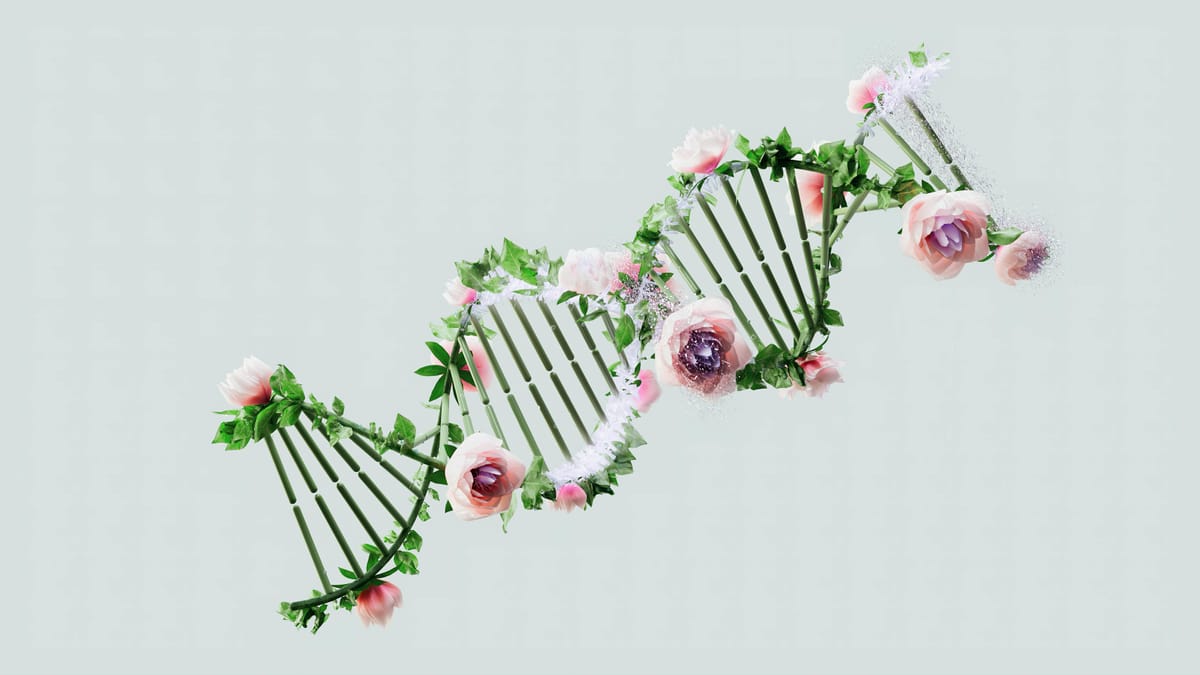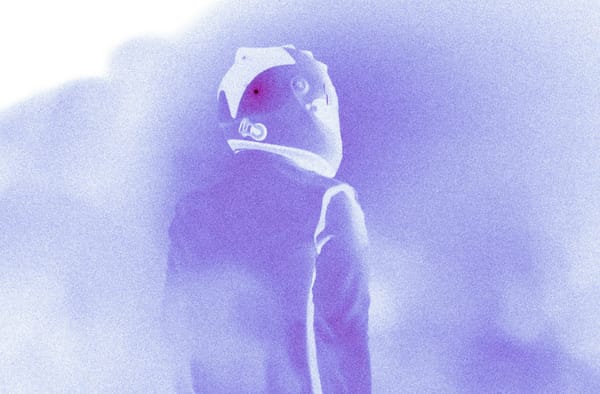Junk DNA - fact or fiction

Ninety-eight percent of your body's DNA is known as junk DNA. A human body has approximately three billion base pairs of DNA.
So why would your body accumulate so much junk? And what is junk DNA anyway? Is it accurate to refer to these DNA sequences as junk?
Susumo Ohno coined the term junk DNA. Dr. Ohno gained fame for his theory on gene duplication.
Among his many contributions was the argument that our genes had accumulated DNA over the millennia, much of which was useless.
In his words, “genomes carry some fraction of DNA that has little or no adaptive advantage for the organism at all."
Only a small fraction of our genes code for protein production. The production of proteins is one of the most important tasks carried out in our body.
We use proteins to produce hormones, enzymes, immune cells, and other compounds.
Together, these proteins allow you and me to live, work, dance, sing, and play. You might expect the body to want as many of these proteins from your DNA.
This raises the question, "Why does my body have junk DNA?"
The answer, surprisingly, is that perhaps we may not have junk DNA. Over 75 percent of our DNA encodes for RNA.
RNA, or ribonucleic acid, is similar to DNA but has a single strand. DNA, if you will recall, has the famous double helix, or two strands.
There are different kinds of RNA. Messenger RNA, or mRNA, microRNA, and small interfering RNAs, for example, play a variety of roles in the human body.
In some studies, shutting down RNA has resulted in liver dysfunction. So clearly, the DNA coding for RNA is important to the way our body functions.
Scientists are now increasingly discarding the term junk DNA. Often, science understands and explains evolution. Occasionally, science catches up with evolution.
Reach out to me on twitter @rbawri Instagram @riteshbawriofficial and YouTube at www.youtube.com/breatheagain






